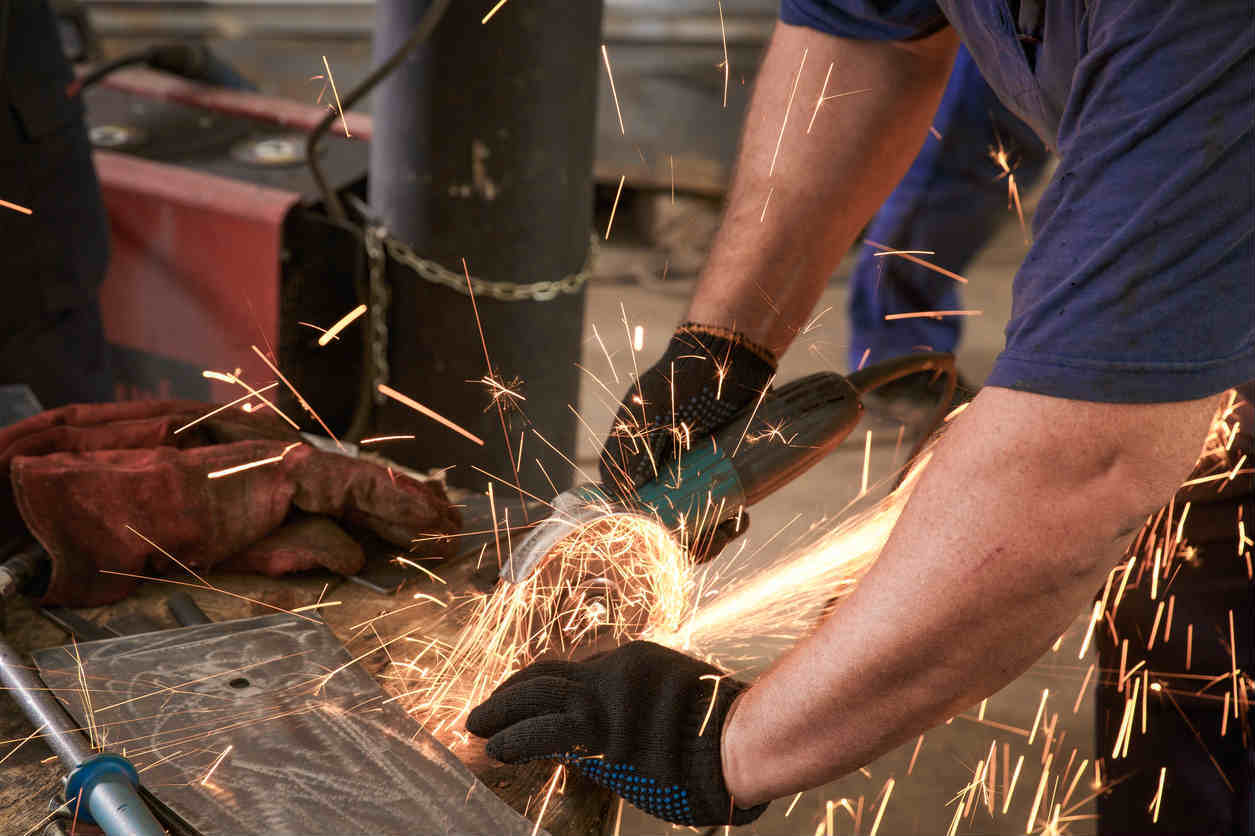Each year, more than 300 people are injured in industrial fires and explosions, and many of them are killed in these accidents.

Industrial fires and explosions are a huge danger to both people and property. Each year, more than 300 people are injured in industrial fires and explosions, and many of them are killed in these accidents. Moreover, industrial fires and explosions cause almost $1 billion in property damage. Each day, thousands of workers face risk of getting injured in industrial fires and explosions. However, many are still not aware of the dangers they face in their workplace, and what the major causes of these fires and explosions are.
While there are various causes of industrial fires and explosions, the biggest is likely combustible dust. Combustible dust is among the most dangerous, and unfortunately, unavoidable materials used in many industries.
According to the Occupational Safety and Health Administration (OSHA) publications, combustible dust is produced in a wide range of industries and can be derived from both synthetic and natural products. It can be derived from natural products such as flour, milk and eggs, and from man-made products such as vinyl chloride and epoxy. Therefore, it is a misconception that only wood preparation and clothing factories produce dust that could ignite. It is important to note that in their natural state, some products may just be flammable, however they can become explosive in their dust form.
Preventing fires and explosions caused by combustible dust
There are several important factors that need to be taken in order to prevent combustible dust fires or explosions. These include:
- Employers should put in place proper housekeeping procedures and they should be inspected and maintained for quality
- Jobs that require the use of tools such as a soldering iron, welder, or torch cutter should be carried out very far away from places where combustible dust may be present. This is important because sparks from hot work can travel up to several feet and cause the pile of dust to ignite
- High powered cleaning devices and ventilation ducts should be used to keep the combustible dust to a minimum
- Work areas should be regularly inspected to ensure that there are no visible layers of combustible dust gathering during each shift
- Workers should be aware of hazards and they should be trained on emergency procedures in case a combustible dust fire or explosion occurs
- Large equipment and electrical boxes should be swept regularly with hand vacuums or high powered hoses to prevent combustible dust from gathering in hidden areas
